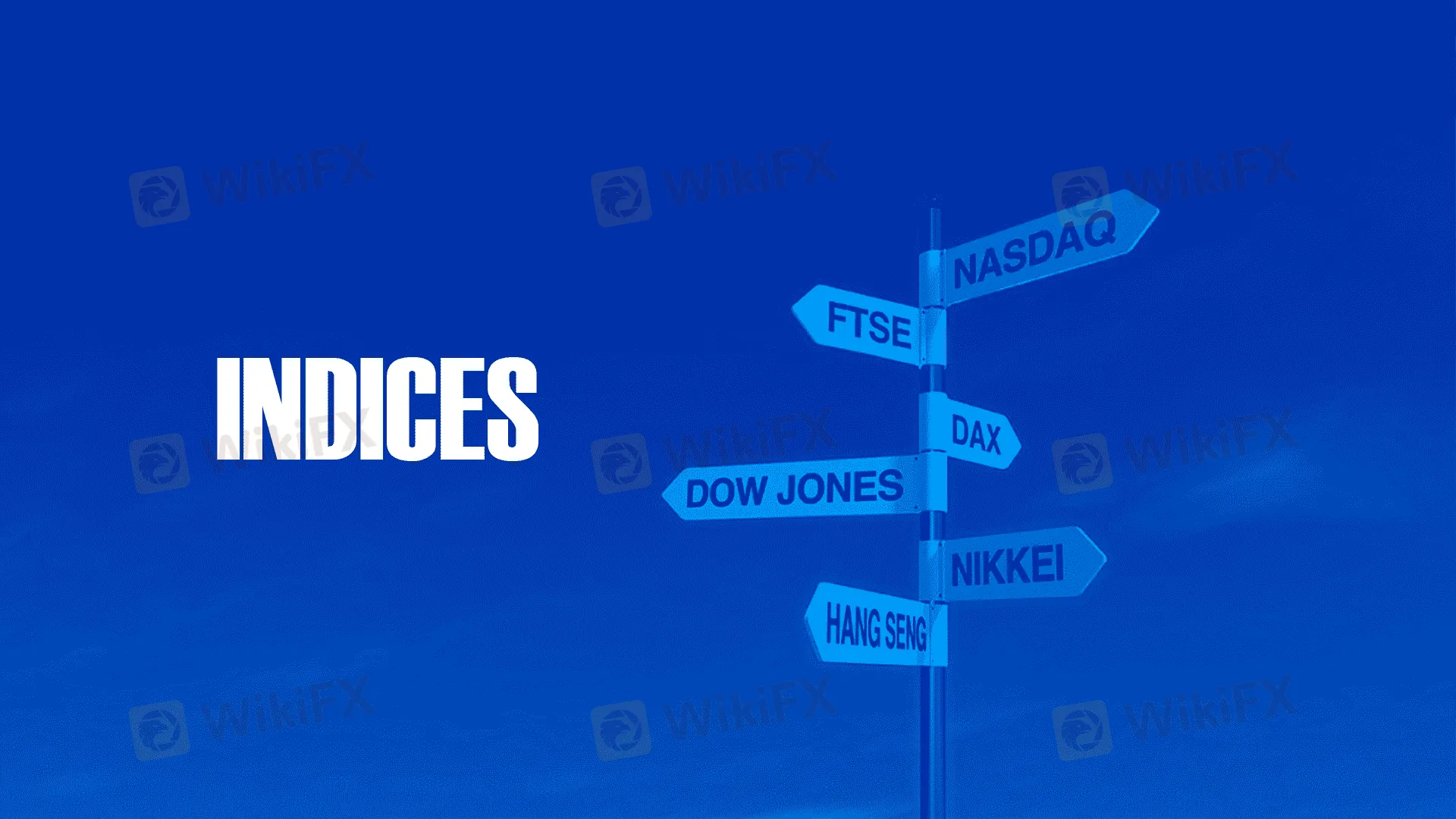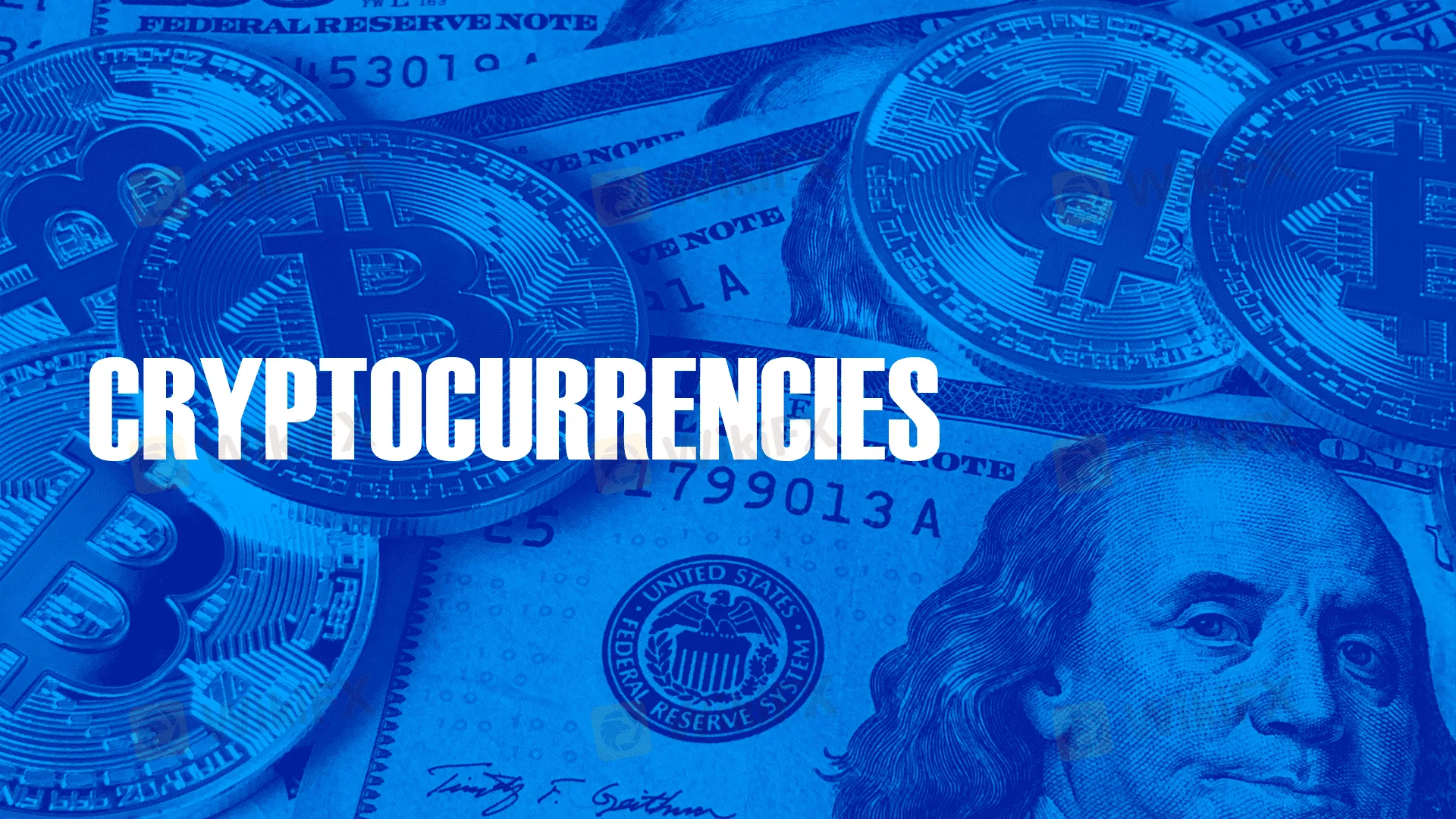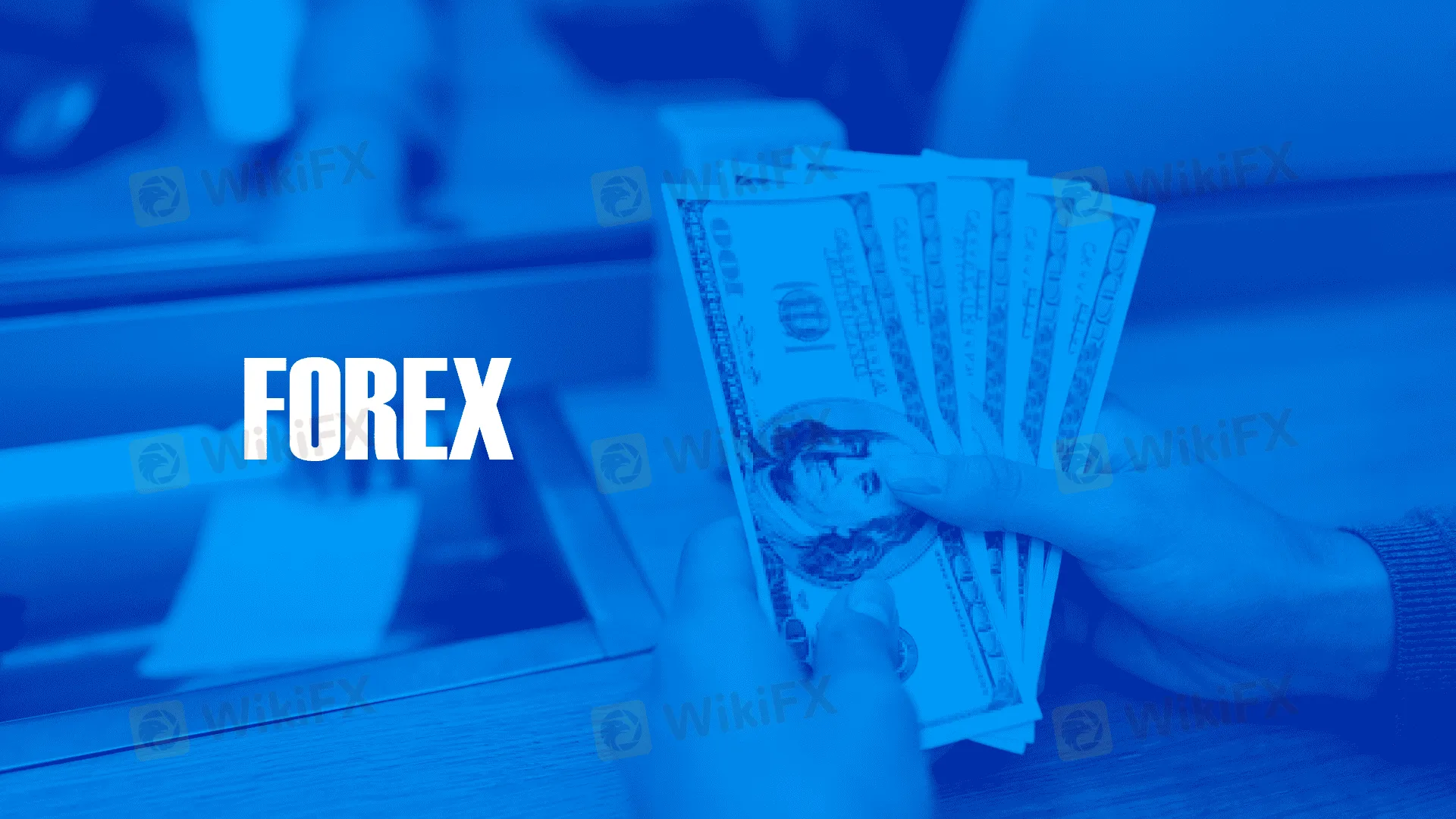Weekly News 2023/08/07-2023/08/11
Zusammenfassung:Index / Stocks / Crypto / Metals / Commodity & Futures / Forex

U.S. stocks closed mixed on Friday. The Dow rose 105.25 points, or 0.30%, to 35281.40; the Nasdaq fell 93.14 points, or 0.68%, to 13644.85; the S&P 500 fell 4.78 points, or 0.11%, at 4464.05 points. U.S. stocks have diverged this week. The Dow rose 0.61% for the week. The Nasdaq fell 1.9 percent and the S&P lost 0.31 percent, both recording their second straight weekly losses.
On Friday morning, U.S. stock investors ushered in the closely watched July Producer Price Index (PPI) report. The report showed that U.S. wholesale prices rose more than expected in July, bucking the trend that other recent data point to as inflation pressures are easing. The signs of inflation picking up again strengthened expectations that Fed policy makers will remain hawkish.
The U.S. Bureau of Labor Statistics reported on Friday that the U.S. producer price index rose 0.8% in July from a year earlier, beating expectations for a 0.7% increase.
Quincy Krosby, chief global strategist at LPL Financial, said: “The rise in wholesale prices is a reminder that the data-reliant Fed is not yet ready to declare victory for its efforts to curb inflation. Not surprisingly, today's report provides Fed hawks with more ammunition would push them to call for another rate hike before the Fed is confident it has reached its final rate.”
Analysts said the increase in the U.S. PPI index in July was due to a rebound in service sector costs, although the trend was consistent with easing inflation pressures. The normalization of global supply chains, tepid overseas demand and a shift in consumer spending from goods to services generally helped ease inflation pressures at the producer level last year. However, as oil prices climbed, unfavorable factors formed again, making it difficult for inflation to continue to decline.

UBS (SWX: UBSG) has decided to end state support, a move that will speed up its takeover of Credit Suisse. UBS said it would voluntarily end government-provided safety net measures, including a 9 billion Swiss franc loss protection agreement. The move gives UBS greater latitude in handling Credit Suisse's riskier assets. UBS‘s waiver of tens of billions in loss protection is the clearest sign yet of the bank’s confidence in its financial strength, and a sign that UBS is increasingly certain it no longer needs the guarantees after months of due diligence.
Disneys (NYSE: DIS) earnings per share in the third fiscal quarter were US$1.03, the market expected US$0.99; the third-quarter revenue was US$22.33 billion, the market expected US$22.51 billion; the third-quarter theme park, experience and consumer product business revenue was US$8.33 billion; The operating profit of the theme park, experience and consumer products business in the third fiscal quarter was 2.43 billion US dollars; the number of Disney+ subscribers in the third fiscal quarter was 146.1 million, and the market expected 154.8 million. Disney announced a new version of the streaming media price list and several plans; the price of the “ad-free flagship Disney+” streaming service will increase by up to 27%; starting from October 12, 2023, the monthly subscription fee for ad-free Disney+ will be $14, currently Hulu, which is free of ads, is up 20% to $18 a month.
Biotechnology company Illumina's (NASDAQ: ILMN) second-quarter adjusted earnings per share were $0.32, analysts expected $0.012; second-quarter revenue was $1.18 billion, analysts expected $1.16 billion; second-quarter cash and cash equivalents were $1.55 billion U.S. dollars, analysts expected $2.07 billion; full-year adjusted earnings per share are expected to be $0.75-0.90, analysts expected $1.31, the company had expected $1.25-1.50.

Bitcoin was up 0.79% for the week at $29,362. The world's largest cryptocurrency by market capitalization briefly rose above $30,000 twice this week before falling below support. Ethereum is up 0.72% this week at $1,846 and has been below the $1,900 support since July 23.
“Bitcoin started the week quietly. In recent months, cryptocurrency volatility has subsided as stock prices have moved better and investors view stocks as a better trading tool.” Chief Investment Officer of Yield App, Lucas Kiely said.
California-based payments giant PayPal brought much-needed excitement to the cryptocurrency space on Monday when it announced the launch of a dollar-pegged stablecoin on the Ethereum blockchain. PayPal USD (PYUSD) aims to bridge the gap between fiat currencies and the blockchain for consumers and merchants, the company said.
“Paypal has joined the ranks of major financial institutions entering the cryptocurrency market,” Unicoin CEO and founder Alex Konanykhin told Forkast. Unicoin is a stock-backed, dividend-paying cryptocurrency.
“PayPals stablecoin is big news. It will bring more U.S. users into payments and everyday use, which will filter into the rest of the [crypto] ecosystem,” Lord said in a statement shared with Forkast.
The U.S. consumer price index (CPI) report released on Thursday showed that inflation rose 3.2% year-on-year in July, and the core CPI, which excludes food and energy prices, also rose 0.2% this month, in line with initial expectations.
On Friday, the global cryptocurrency market cap was $1.17 trillion. Bitcoin has a market cap of $571 billion, or 48.8 percent of the market, while Ethereum has a market cap of $221 billion, or 18.9 percent.

Gold hovered near a one-month low on Friday and was on track for a third straight weekly loss, with the dollar and U.S. Treasury yields climbing after data showed U.S. producer prices rose in July.
“The Producer Price Index (PPI) was slightly higher than expected, which pushed U.S. Treasury yields higher and lifted the U.S. dollar index a little bit. So that puts a little pressure on the gold market,” said Kitco senior market analyst Jim Wyckoff.
The U.S. Labor Department said U.S. final demand PPI rose 0.3% in July. In the 12 months to July, the PPI increased 0.8%. Economists polled by Reuters had expected PPI to rise 0.2% month-on-month and 0.7% year-on-year in July.
“I do think gold will trade above $2,100 in late 2023, early 2024,” said Bart Melek, managing director and global head of commodity strategy at TD Securities. “I am bullish on gold because I believe the Fed will move policy out of its current restrictive model. I believe this will happen before the 2% inflation target is reached,” Melek told CNBC in an email.
UOB also predicts that gold prices will hit new records, but not until the second half of 2024. “Our positive outlook for gold is driven primarily by expectations of a peaking Fed rate hike cycle and imminent peaking of dollar strength,” Heng Koon How, the bank's head of market strategy, global economics and market research said. He explained that when interest rates stop rising and the dollar depreciates, gold prices should move higher.
Spot silver fell 0.1% to $22.66 an ounce, while platinum rose 0.4% to $910.06. Both balances were set for a fourth straight week of losses.

Oil prices climbed on Friday after the International Energy Agency (IEA) forecast record global demand and tighter supplies, pushing prices up for a seventh straight week, the longest weekly winning streak since 2022.
The IEA estimates that global oil demand hit a record 103 million bpd in June and could hit another record high this month. At the same time, production cuts by Saudi Arabia and Russia are set to lead to a sharp draw in inventories for the rest of 2023, which the IEA said could push prices higher.
On Thursday, the Organization of the Petroleum Exporting Countries (OPEC) said it expects global oil demand to rise by 2.44 million bpd this year, unchanged from its previous forecast. OPEC said the outlook for the oil market was healthy in the second half of the year.
This week's U.S. economic data also lifted market sentiment, fueling speculation that the Federal Reserve is nearing an end to its aggressive rate hikes.
Supply cuts and an improving economic outlook have made oil investors more optimistic, said OANDA analyst Craig Erlam. However, he noted that after a sustained rally, there are signs that momentum is fading. On Thursday, Brent hit its highest level since January, while U.S. crude hit its highest level this year on Wednesday. The last time Brent rose for seven weeks in a row was in January-February 2022, before Russia invaded Ukraine.
Market analyst Tsvetana Paraskova said rising oil prices could reignite inflation concerns, waste some of central banks' efforts to rein in soaring consumer prices over the past year. With demand remaining resilient despite fears of an economic slowdown, fundamentals in the oil market look much more bullish than they did a month ago. Due to OPEC+ and Saudi production cuts, supply is dwindling.

The dollar rose on Friday after U.S. producer prices rose slightly in July and bond yields moved higher, even as speculation grew that the Federal Reserve was nearing an end to raising interest rates.
The U.S. dollar index, which measures the greenback against a basket of six currencies, rose 0.21%, heading for a fourth straight weekly gain; it has risen about 2.9% since mid-July from a 15-month low on signs that the U.S. The labor market is resilient. Data since then has suggested that the pace of inflation is slowing, raising bets that the Fed will not raise rates further.
The stronger dollar sent the yen briefly touching 145.03 in Friday afternoon trade, its highest since June 30. The dollar was last at 144.95 yen, up 0.15% on the day. “Once the yen gets to 145, you can expect some (intervention) rhetoric, and I think the market will become more cautious when we get to that level,” said Moh Siong Sim, currency strategist at Bank of Singapore.
Japan intervened in currency markets last September when the dollar rose above 145 yen, prompting Japan's finance ministry to buy yen, pushing the pair back to around 140 yen. The yen has fallen more than 10 percent against the dollar this year.
Meanwhile, sterling rose for the first time in four days after data showed Britain's economy grew more than expected in June, easing some concerns about the impact of high inflation and interest rates on economic activity. Sterling was last at $1.2694, up 0.15% on the day but still on track for a fourth straight weekly loss.
On Friday, the euro was down 0.3% at $1.0946 and the dollar was down 0.06% against the Swiss franc.
OnePro Special Analyst
Buy or sell or copy trade crypto CFDs atwww.oneproglobal.com
The foregoing is a personal opinion only and does not represent any opinion of OnePro Global, nor is there any guarantee of reliability, accuracy or originality in the foregoing.
Forex and CFD trading may pose a risk to your invested capital.
Before making an investment decision, investors should consider their own circumstances to assess the risks of investment products. If necessary, consult a professional investment advisor.
WikiFX-Broker
Wechselkursberechnung


